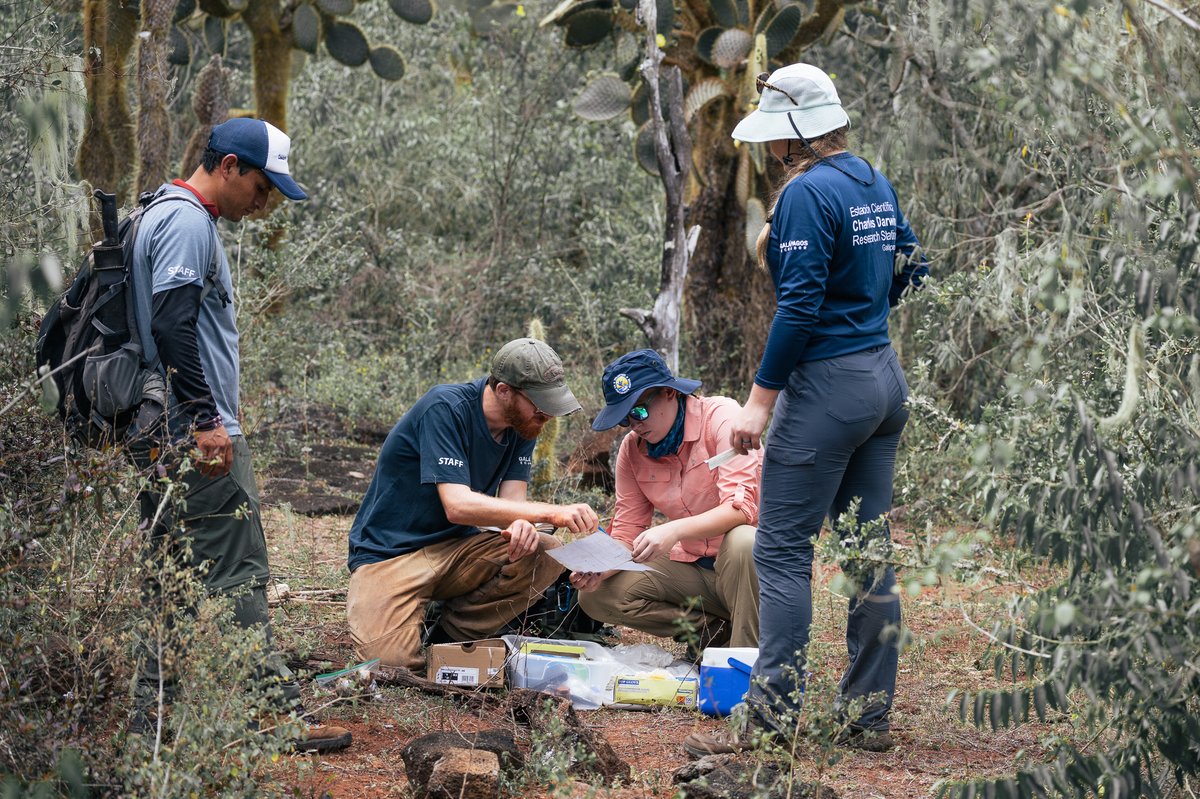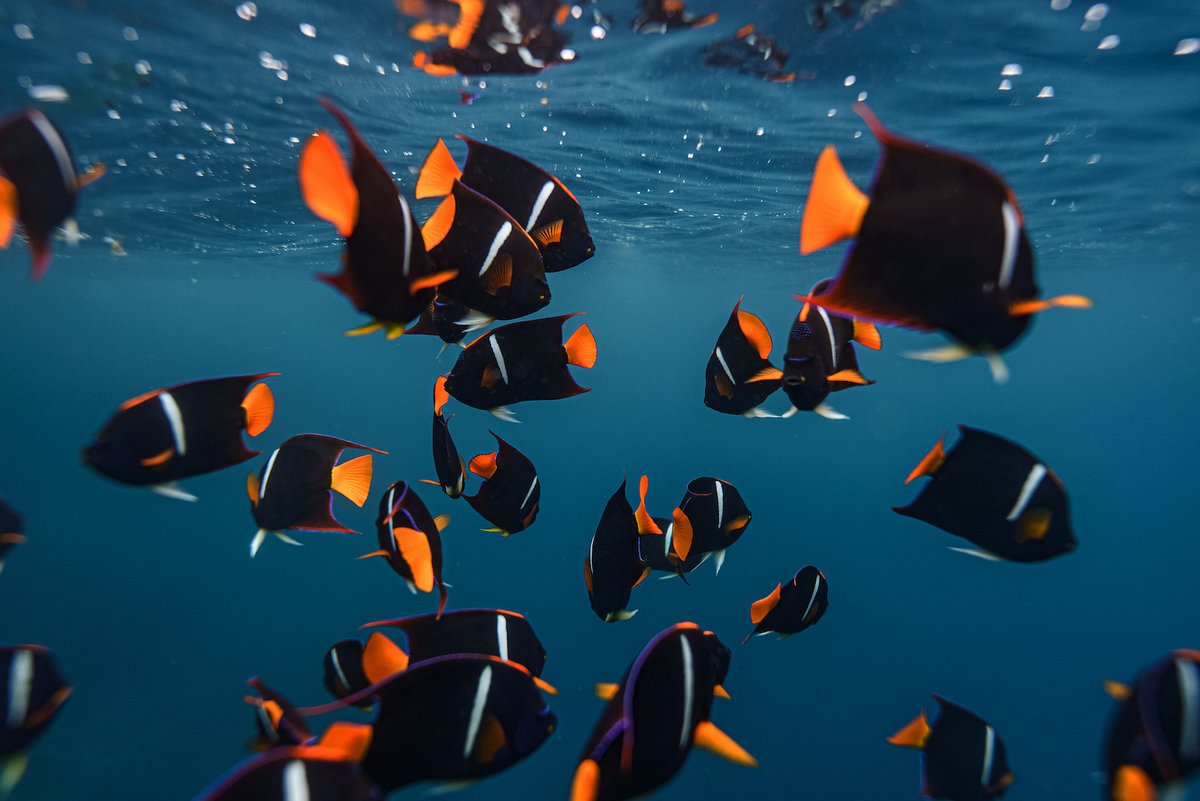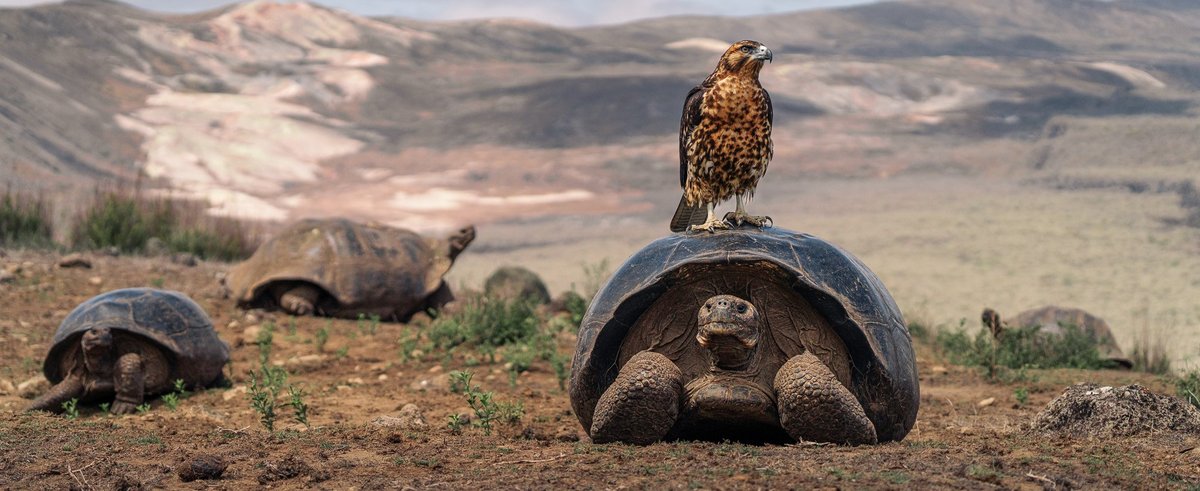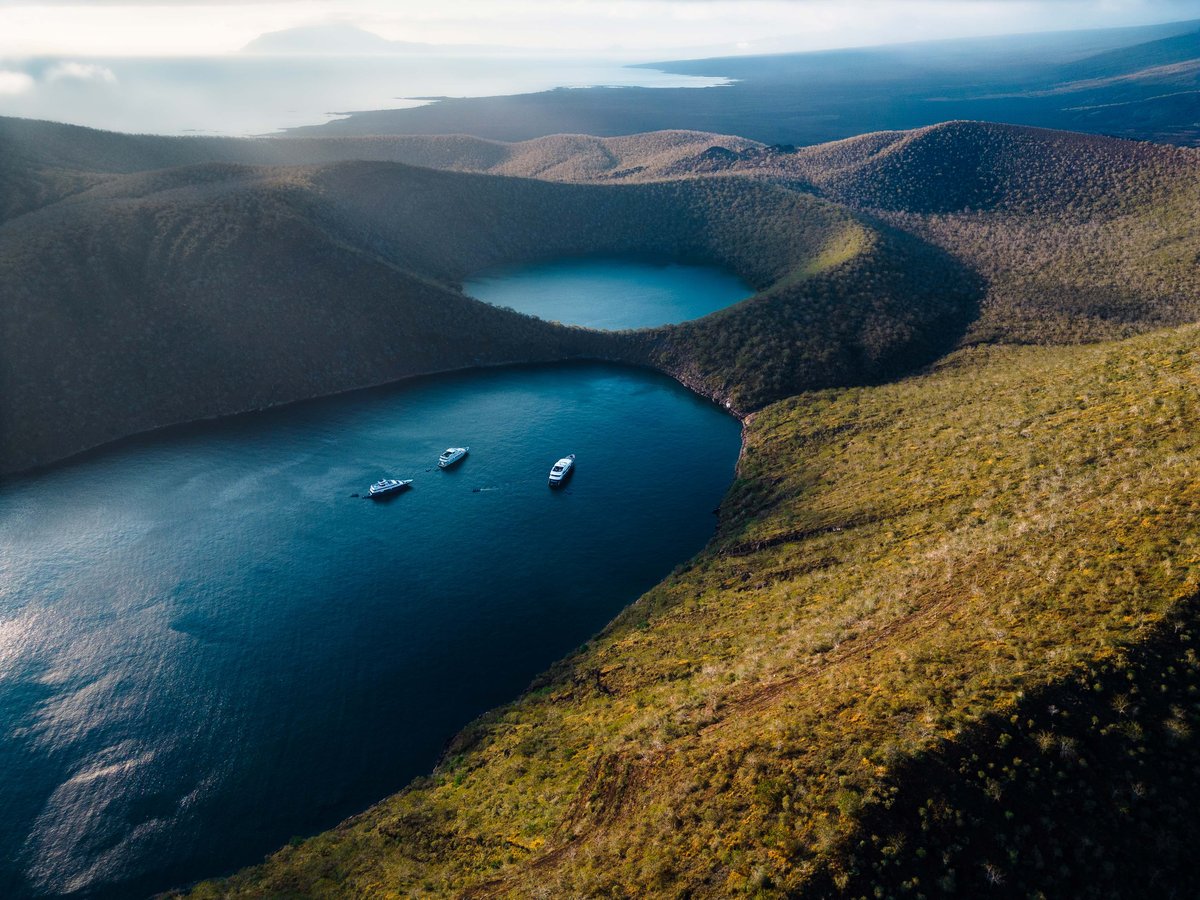GT Corley Smith Library of the Charles Darwin Foundation (CDF) was established in 1979 and is currently the most important bibliographic collection on and about the Galapagos in existence. Our library, located at the Charles Darwin Research Station (CDRS), houses the “Galapagos Collection”, which is considered a unique and globally significant resource. With more than 1,918 titles, this collection not only surpasses any other dedicated to the archipelago, but also constitutes a living testimony of the scientific commitment to the conservation and understanding of one of the most important sites on the planet. From documents that recount the first explorations, to recent studies on biodiversity and climate change, the “Galapagos Collection” is presented as a pillar in the research and conservation of the islands that inspired Charles Darwin's theory of evolution.
Upon review, we see that the importance of this bibliographic collection becomes evident when compared to other world-renowned libraries. For example, the Library of Congress of the United States, one of the largest in the world, has 749 books related to the Galapagos, a significant number, but less than half of the bibliographic collection available at the CDF. The State Library of Berlin and the National Library of France, which stand out for their historical and scientific collections, have 636 and 304 books, respectively. Even prestigious Ecuadorian university libraries, such as the University of San Francisco in Quito (356 titles) or the Pontifical Catholic University of Ecuador (332 titles), lag behind the resources available at the FCD.
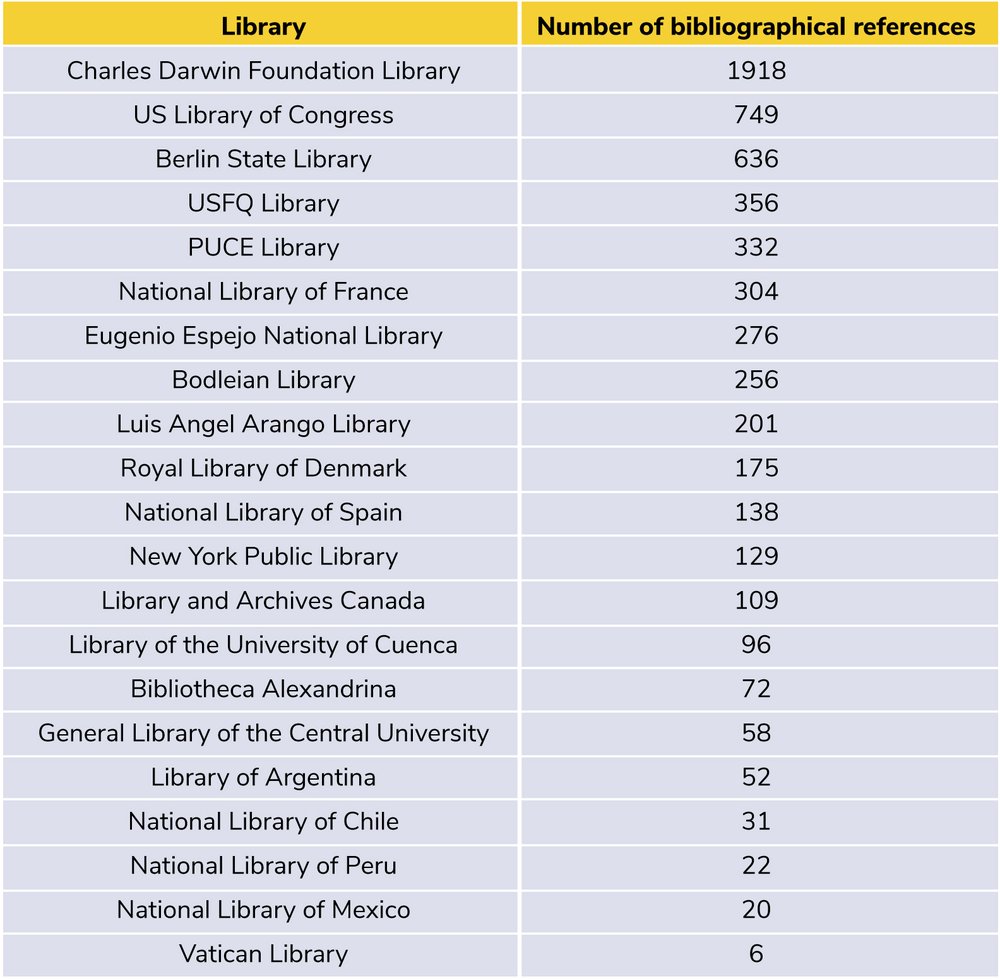
What makes the CDRS Galapagos Bibliographic Collection so special?
Its content is diverse and covers key areas such as fauna, flora, geology and oceanography of the Galapagos, island fisheries, ecology and diversity, and includes different formats such as technical reports and research on the impact of invasive species, climate change and human activity. A notable element is the gray literature available at the GT Corley Smith Library, which includes reports, theses, articles and small-print books, and which constitutes the strength of the “Galapagos Collection”. Regarding this particularity, Miguel Pinto, Principal Coordinator of the Natural History Collections, comments:
“Gray literature on the Galapagos is the forte of the CDF's Galapagos Collection. It is the ideal place to find critical information on the Galapagos from the 1950s to the present. Every time I am able to dive into the documents in the Galapagos Collection, I learn more about the history and research efforts of those who have contributed knowledge about the Galapagos.” This specialization allows researchers to find unique and critical information that would otherwise be difficult to locate.
The magnitude of the “Galapagos Collection” becomes even more relevant when one observes how it is positioned against other libraries in a comparative graph. In this, the high relevance of the CDF is evident, making it clear that, while other institutions contribute to knowledge about Galapagos, none matches the breadth and depth of its collection.
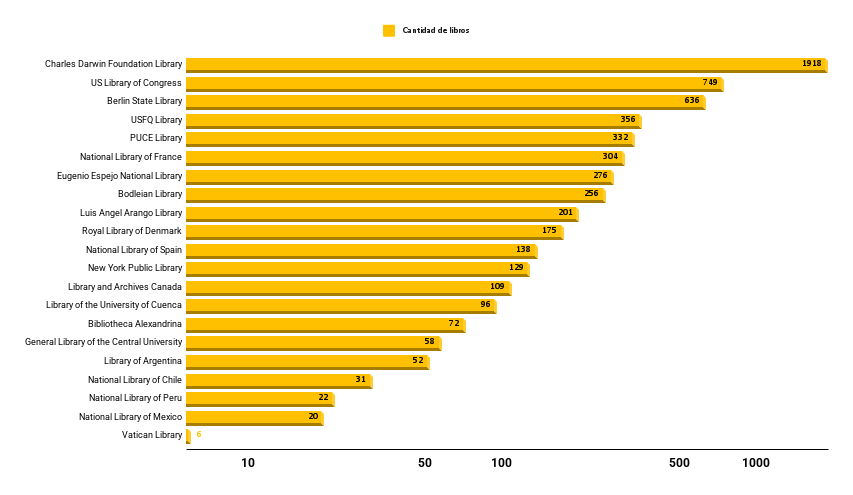
In a world where environmental challenges grow by the day, the Bibliographic Collection on Galapagos of the GT Corley Smith Library at the CDRS is more than a set of bibliographic references; it is a symbol of hope, knowledge and action. It represents international collaboration, scientific effort and the CDF's commitment over decades to a sustainable future for one of the most exceptional places on the planet. The Charles Darwin Foundation and its GT Corley Smith library are a source of pride for Ecuador and the world. This collection not only honors the past of the Galapagos Islands or the Galapagos community, but is also considered a bridge to the future, uniting science, history and conservation in a legacy that will serve for generations to come. For María José Barragán, Science Director, this bibliographic collection is of great relevance, which is why she mentions:
“For 65 years, the Charles Darwin Foundation has been the driving force behind scientific knowledge about and in the Galapagos thanks to the presence of several generations of researchers at its scientific station. For decades, this vast set of data and information has been systematized and housed in the GT Corley Smith Library, which has served (and continues to do so) as a repository of knowledge and key documentary references to support the development of research and to provide bibliographic material to members of the local community. Our library is very special! It houses unique and highly valuable works that are and will continue to be part of the CDF legacy for present and future generations.”
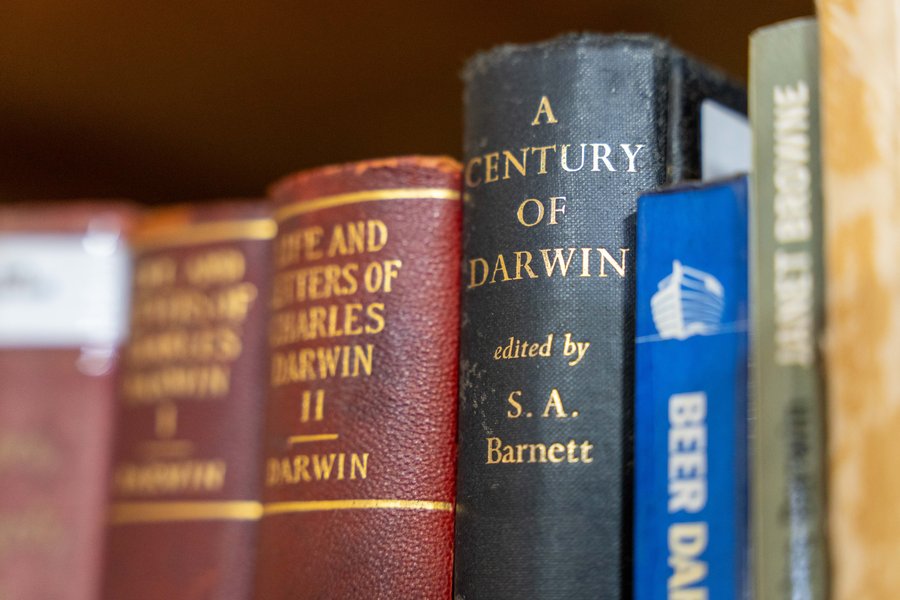
Through a sustained effort, the CDF has initiated the digitization of this collection, with the aim of expanding its reach and allowing researchers from all over the world to access this invaluable resource from anywhere in the world using our online catalog service: http://biblioteca.fcdarwin.org.ec/cgi-bin/koha/opac-main.pl . This project ensures that knowledge about the Galapagos is not only preserved, but also disseminated around the world.
